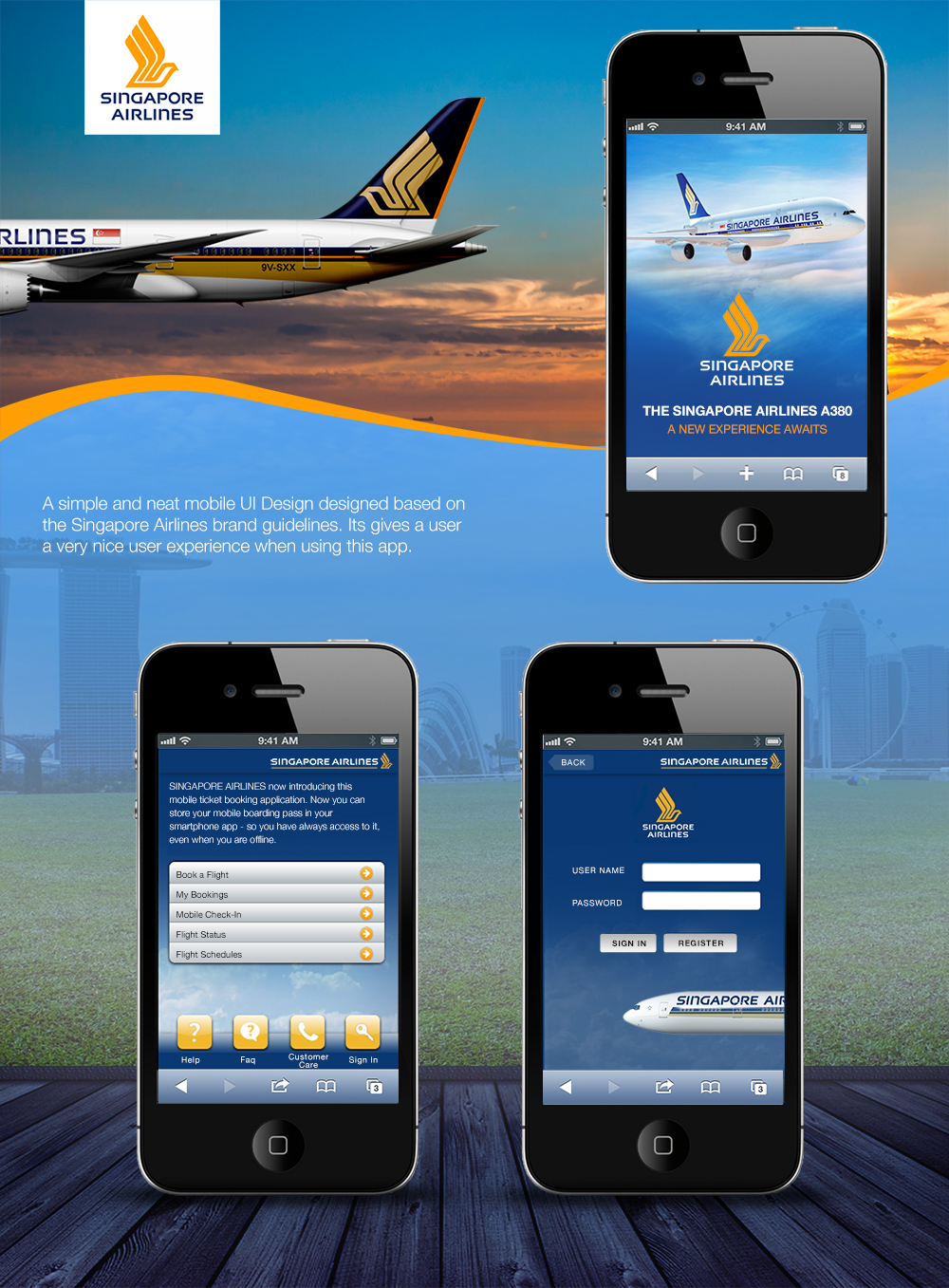

- #HOW TO DOWNLOAD UNITED AIRLINES APP ON MACBOOK INSTALL#
- #HOW TO DOWNLOAD UNITED AIRLINES APP ON MACBOOK PC#
If you need to ever connect to other flights, you can continue the island hopper and go to Manila, or connect to Seoul, Tokyo, Taipei, and Busan with the small number of airlines serving Guam. When in Guam, you can see the beautiful beaches and aquariums that accompany this island. When landing in these airports, expect a moment of peace when seeing these islands. Originally done for Continental Micronesia starting in 1968 until the merger in 2010, you can use the route to land in the Marshall Islands, Majuro, Kwajalein, Kosrae, Pohnpei, and Chuuk before visiting Guam. Many times people need to erase the drive and reinstall or restore from a backup when deleting partitions used by other operating systems.Visit Guam and the island hopper. Dual booting is always risky so make sure to have good verified working backups of macOS before attempting to dual boot the computer or you risk losing your data. You will most likely need to make an image of the installation because you will need to boot the T2 system using this customized Linux boot disk and push the image to the T2 system.Īs I mentioned earlier you are better off running Linux in a VM especially on the newer hardware at the moment. I really want to resurrect this laptop, but I've been busy with work and other issues in dealing with the COVID-19 situation.įYI, the latest Ubuntu 20.04 release only uses the 5.4.x kernel, so you will still need to do a lot of work on installing Ubuntu and configuring it with the necessary kernel using another UEFI system. I have a busted MBPro with Touchbar that won't boot macOS but boots Linux just fine. Debian hasn't backported the lastest kernel last time I checked and I don't have time to recompile it. Unfortunately I haven't had time to try creating a Linux boot disk which is compatible and cloning it to the internal drive. I haven't heard anything more recent or how good the support is with it. I read about it on Phoronix last year sometime between Sept. (In particular, I've looked through the changelogs for 5.4-5.6 and didn't find any relevant references to T2.)

Can you give me some links to what you know about this support landing in the kernel? I've been searching for references to the kernel T2 support, but haven't been able to find any. I'm very curious about trying Linux on my 16" MacBook Pro. The most you can do is disable some of the security settings to allow a non-Apple OS to boot and to allow booting from an external drive. You cannot disable the T2 chip as it is an integral part of the system.
#HOW TO DOWNLOAD UNITED AIRLINES APP ON MACBOOK INSTALL#
I do not recommend dual booting this laptop with both macOS and Linux unless you have good backups and are prepared to perform a clean install or restore from backup since you will at some point most likely do something which will prevent either OS from booting and possibly risk losing access to all the data in one or both operating systems. Then clone the Linux install to the internal SSD (again you will need a boot disk with support for the T2 security chip). I would suggest trying to boot this customized Linux boot disk externally to confirm you use the built-in keyboard, trackpad, and either WiFi or ethernet.
#HOW TO DOWNLOAD UNITED AIRLINES APP ON MACBOOK PC#
If you want to run Linux on this laptop, then you will most likely need to first install Linux to an older Mac or other UEFI booting PC and install the latest v5.6 kernel. I don't recall which of the post v5.4 releases has T2 support.Ĭurrently you cannot easily install Linux onto an Apple computer which uses the T2 security chip because the Linux Kernel with the T2 support is not included in any of the currently released distributions as a default kernel.


I'm fairly sure you need at least kernel version 5.4+ to get some of these features working and I believe v5.6 may be necessary for T2 support. Linux support for the Keyboard & Trackpad, the networking drivers, and the T2 security chip only just recently got merged into the mainline Linux Kernel.


 0 kommentar(er)
0 kommentar(er)
